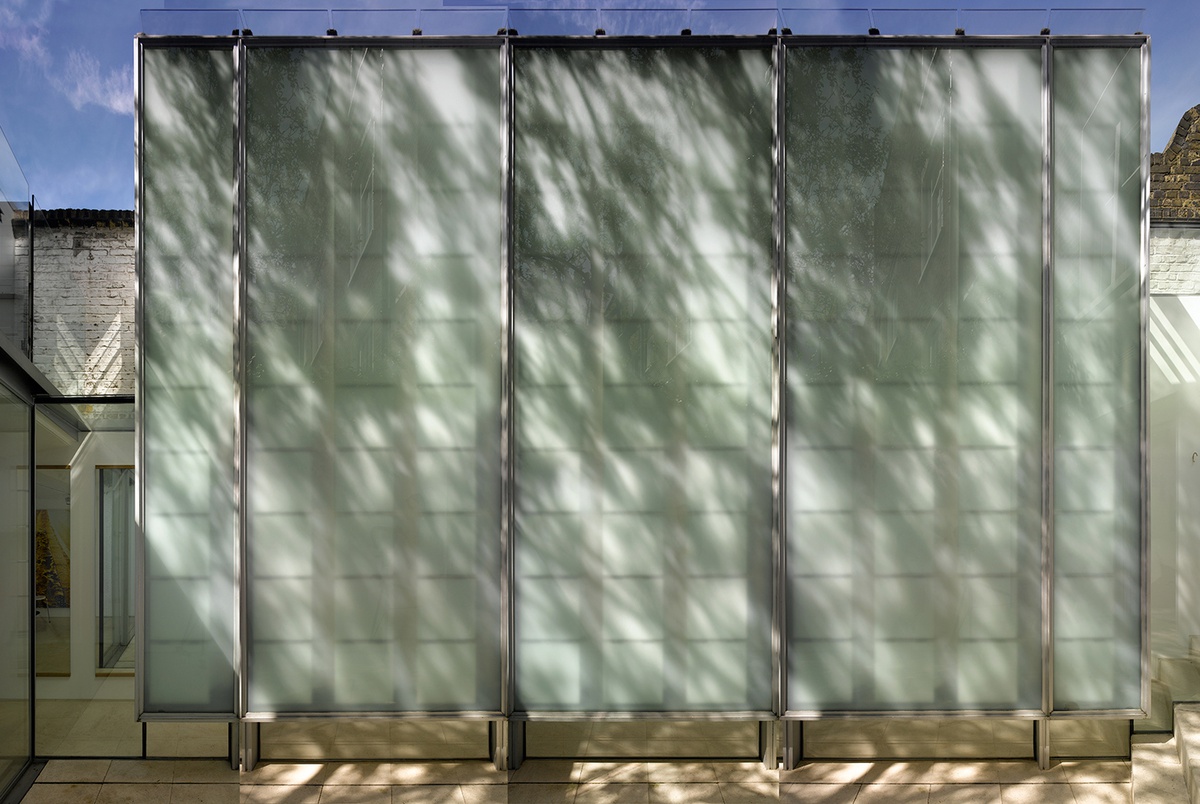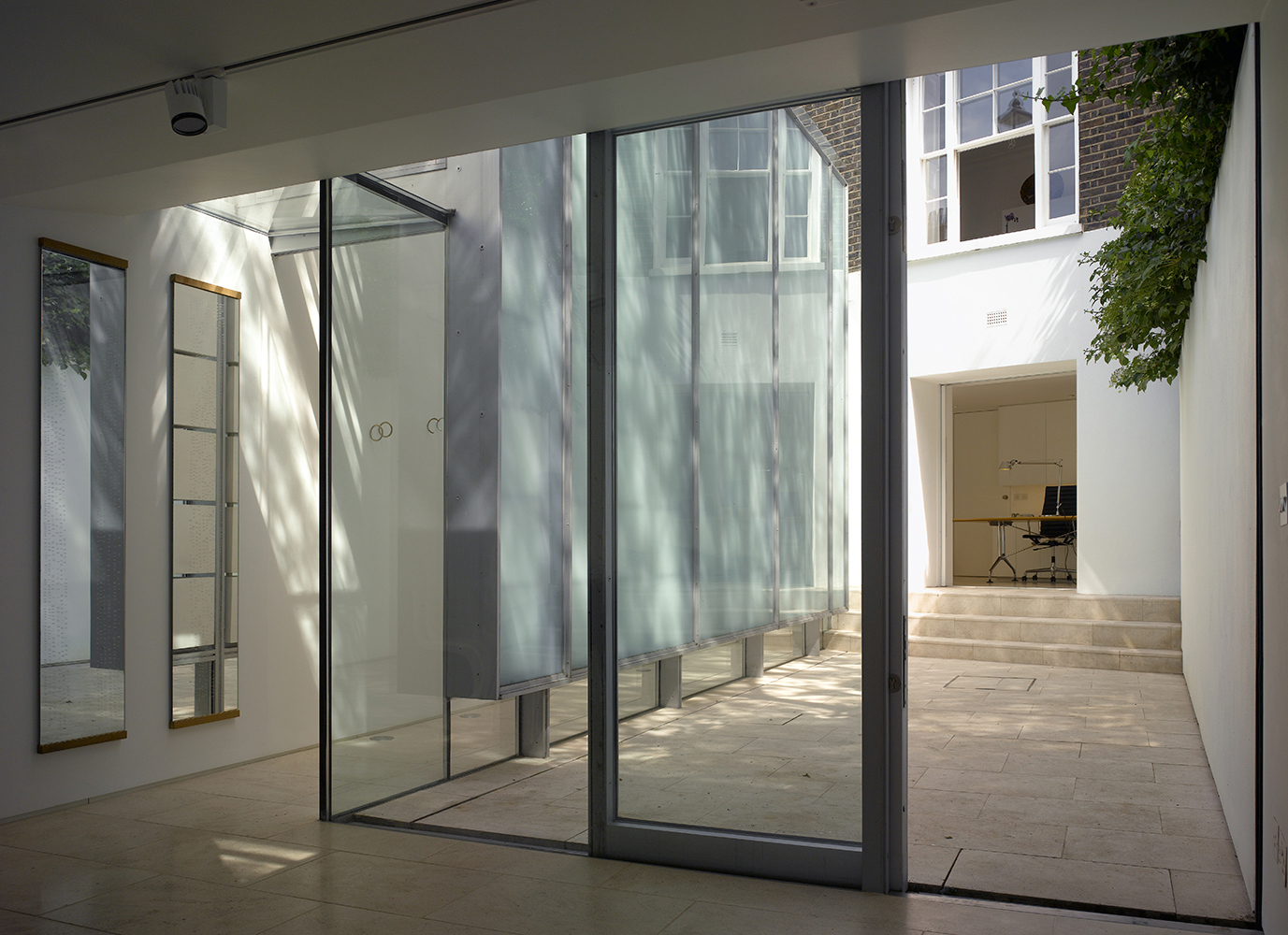APPG ON HOUSING AND CARE FOR THE ELDERLY
OCTOBER 2014
Niall McLaughlin spoke at the latest All-Party Parliamentary Group meeting on Housing and Care for Older People, which was held at the House of Lords this month. The meeting explored the relationship between housing and dementia, with contributions from invited architects, academics and practitioners in the field.
The aim of the APPG, which was set up in 2009 and is chaired by Lord Richard Best, is to highlight the importance of the role of housing, alongside social care and health, in the development of support and services for older people. The forum aims to encourage an integrated approach to care for the elderly in relation to these three areas and provide a forum for setting government agenda.
LARGE-SCALE MODEL MAKING
SEPTEMBER 2014
The use of physical models by architects is well established, and can be seen throughout history as the natural partner to drawings for exhibiting a proposal of the building prior to construction. Within our practice, models are rarely produced as mere presentation pieces, but rather as tools for exploration. This role makes them less precious and complete, with the ability to change and adapt the design following the feedback that the model has initiated.
The type of models that I enjoy most are those of a larger scale, of 1:20 and above where you are able to get your head inside and truly appreciate the space. In addition to the final form of such models, much is learnt through the process of construction. Structure, surfaces and junctions are some of the issues that require resolution during the making of the model. Within our studio space, we have a large area dedicated to model making, which allows for building and display of sizeable pieces.

During our work on a new build private residence in Hampshire, we carried out much of the design work on the external envelope through the use of physical models. They were worked up in increasing scales including a 1:10 piece of the facade. In particular, we were considering the form of the heavy external piers, fascias and cornices against the lighter timber elements that sat within them. We made the model using a similar sequence to the proposed building construction. We put the more solid facade elements in place so that we could begin considering a number of different forms for the timber window framing that sat within. The glazing was again produced in a similar method to the full-scale building, with a timber-framed bay built separately prior to installation in to the existing facade. We fixed these delicately so that removal would be possible.
We worked on a number of iterations of the window form, adapting the frames and constructing new versions when modification was not possible. Each time, the model was left on display within the studio so that everyone in the practice could consider the alternative versions and provide feedback. Once we had a favoured form, we used the same model to illustrate the proposal to the clients for approval.
I believe that such iterative assessments and amendments would only have been possible through the use of a large-scale physical model. Building models is about constructing space, and many of the activities are similar in technique and execution as the construction of a real building. By carrying out these actions in miniature we may appreciate the building as a physical form and understand the three dimensional mass. Building of models is our primary opportunity to test and refine our building form, whilst experiencing and discovering an approximation of the processes that will be required to make it.
Alastair Crockett studied at the University of Bath, University College London and London Metropolitan University. Since joining Niall McLaughlin Architects in 2012 he has worked on the T1 building in King’s Cross; a private residence in Hampshire and the Nazrin Shah Building for Worcester College in Oxford.
ARCHITECTS’ JOURNAL FEATURE ON DUNCAN TERRACE
AUGUST 2014

In their August issue entitled ‘Home’, the Architects’ Journal has featured an article on the practice’s remodelling of Duncan Terrace, a Grade II-listed Georgian house in Islington. After winning a private competition held by the clients in 1999, the residential project has spanned over a decade and is now complete. The internal arrangement of the house has been extensively remodelled and a dedicated gallery space built at the end of the courtyard garden, to house the clients’ collection of contemporary art and ceramics.

The main house is linked to the gallery space through a double-height passageway, formed between the existing listed flanking garden wall and a new screen of cast plaster blocks, set behind translucent glass. The screen gathers light from both sides making the cast volumes appear to float, with light able to penetrate around each block held in the array.
To read the full article click here.


